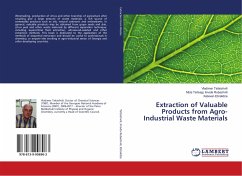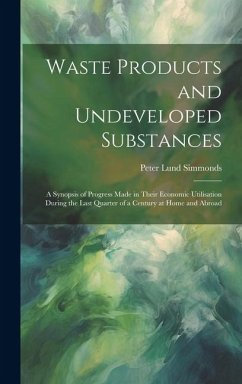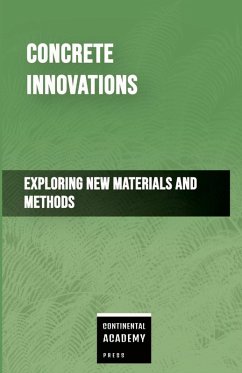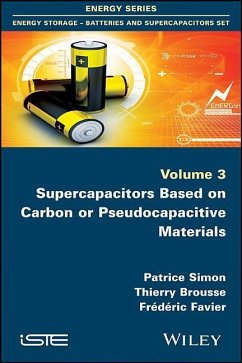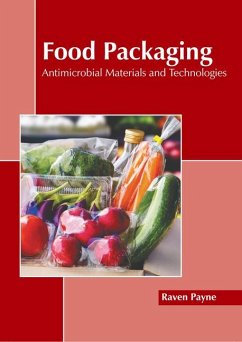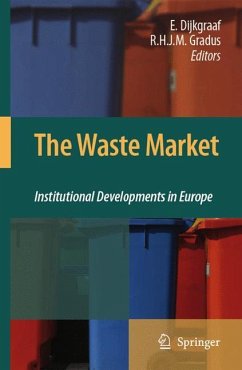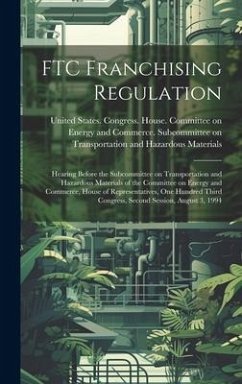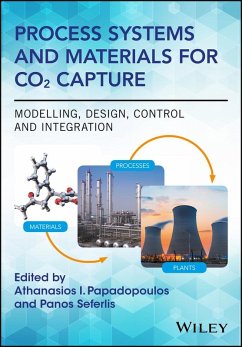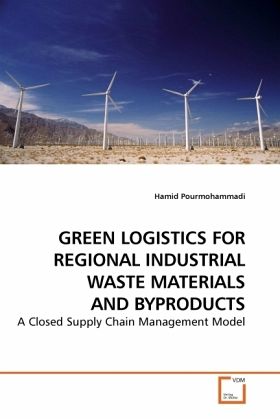
Green logistics for regional industrie waste materials and byproducts
A Closed Supply Chain Management Model
Versandkostenfrei!
Versandfertig in 6-10 Tagen
32,99 €
inkl. MwSt.

PAYBACK Punkte
16 °P sammeln!
In this study, a reverse logistics model is developed to minimize the environmental and operational costs of exchanging waste and by-product materials in a business-to-business network. This research investigates the opportunities for substituting raw materials usage with value added waste/by-product materials collected from a regional network. The network contains manufacturers, collection centers, value added process centers (e.g. disassembly, recycling, or remanufacturing), disposal centers, and virgin material market. The model captures environmental costs as well as the operational costs....
In this study, a reverse logistics model is
developed to minimize the environmental and
operational costs of exchanging waste and by-product
materials in a business-to-business network. This
research investigates the opportunities for
substituting raw materials usage with value added
waste/by-product materials collected from a regional
network. The network contains manufacturers,
collection centers, value added process centers
(e.g. disassembly, recycling, or remanufacturing),
disposal centers, and virgin material market. The
model captures environmental costs as well as the
operational costs. The model is applied on the Los
Angeles County Aluminum industry case. An Economic
Input-Output (EIO) clustering method and Principal
Component Analysis (PCA) are employed to develop
industrial clusters in the region. Studying these
clusters expands our knowledge regarding materials
flow in the region. Based on the outcome of the
clustering, Electronics industries cluster is
discovered to be one of the major links in terms of
the economics indices.
developed to minimize the environmental and
operational costs of exchanging waste and by-product
materials in a business-to-business network. This
research investigates the opportunities for
substituting raw materials usage with value added
waste/by-product materials collected from a regional
network. The network contains manufacturers,
collection centers, value added process centers
(e.g. disassembly, recycling, or remanufacturing),
disposal centers, and virgin material market. The
model captures environmental costs as well as the
operational costs. The model is applied on the Los
Angeles County Aluminum industry case. An Economic
Input-Output (EIO) clustering method and Principal
Component Analysis (PCA) are employed to develop
industrial clusters in the region. Studying these
clusters expands our knowledge regarding materials
flow in the region. Based on the outcome of the
clustering, Electronics industries cluster is
discovered to be one of the major links in terms of
the economics indices.



